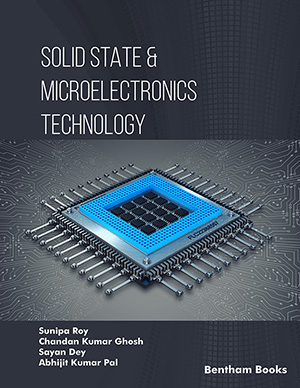Abstract
Background: In automotive applications where bidirectional power flow is necessary to lighten the power system, dual active bridge (DAB) converters are frequently employed. Variations in the required output voltage, erratic input voltage, and shifting loads all have an impact on this converter. As a result, converter performance has to be improved. To increase efficiency, the current stress of the DC-DC converter must be optimised. This paper proposes a control scheme for the coupled inductor bidirectional DC-DC (CIB DC-DC) converter utilising both model predictive control (MPC) and a proportional-integral (PI) controller. The integration of these control techniques aims to enhance the performance and efficiency of the converter.
Methods: The MPC algorithm is employed to predict the converter's future behaviour based on a dynamic model, taking into account system constraints and performance criteria. By optimising the control action over a finite time horizon, the MPC algorithm ensures an optimal response, considering the current state and anticipated changes. Additionally, a PI controller is incorporated to augment the control strategy. The proportional component of the PI controller enables a fast initial response to the error between the desired and actual converter outputs. The integral component eliminates steady-state errors and provides robustness against disturbances, resulting in improved overall system performance.
Results: The proposed control scheme is implemented and evaluated through simulations and experimental tests on a prototype converter. The results demonstrate the effectiveness of the combined MPC and PI controller approach.
Conclusion: The coupled inductor bidirectional DC-DC (CIB DC-DC) converter using MPC can provide precise control of power flow between two voltage domains, enabling efficient bidirectional power transfer. The predictive capabilities of MPC allow it to adapt to varying load conditions and respond quickly to changes, ensuring stable operation and accurate regulation of voltage and current. Overall, the coupled inductor bidirectional DC-DC converter controlled using MPC over PI offers improved performance, efficiency, and flexibility compared to traditional control methods. MPC can handle the complex dynamics response and non-linear characteristics of the converter, making it suitable for bi-directional vehicle charging applications, where precise control and high efficiency can be achieved.
Keywords: Coupled transformer, coupled inductor bidirectional DC-DC (CIB DC-DC) converter, proportional integral control (PI-C), model predictive controller (MPC), wireless power transfer (WPT), dual active bridge (DAB), electric vehicles (EV).












